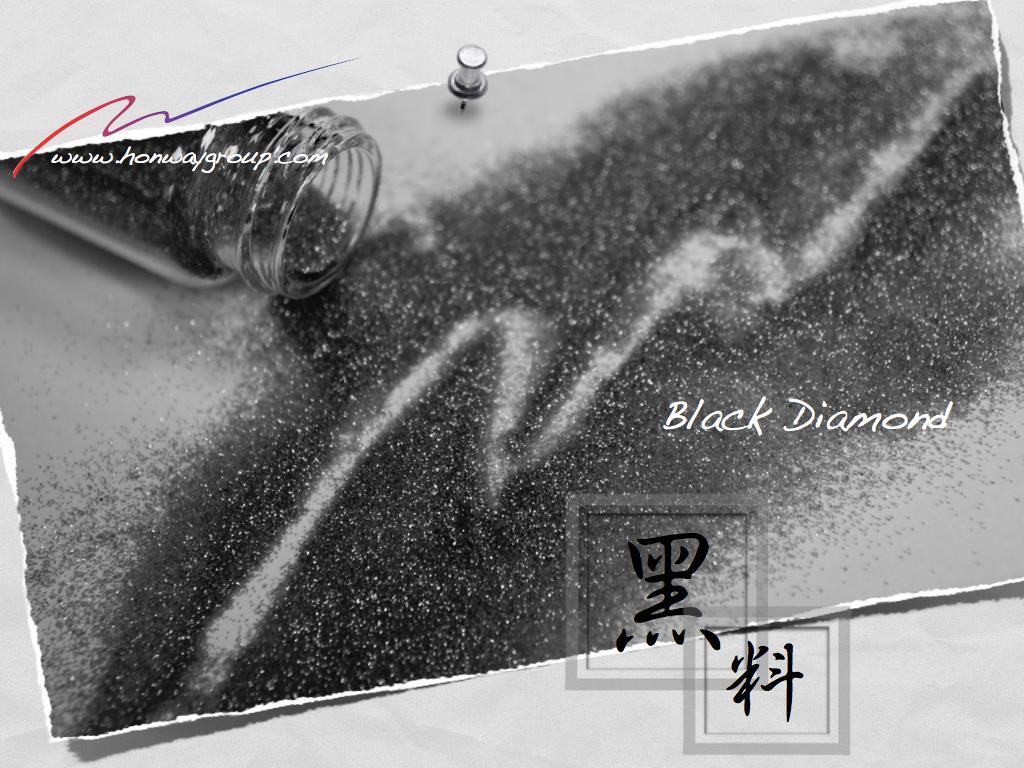Table of contents
Mirror finishing refers to the process where the surface of a workpiece is polished to the point where it can reflect images like a mirror. This level of finish signifies exceptional surface quality, providing products not only with a high “aesthetic value” but also reducing notch effects, thereby extending the fatigue life of the workpiece. It holds significant importance in many assembly and sealing structures. Polishing for mirror finishing is mainly used to reduce the surface roughness of the workpiece. When selecting a polishing method for metal workpieces, different methods can be chosen based on specific needs. Below are several common methods for achieving mirror finishing through polishing.
1、Mechanical Polishing
Mechanical polishing is a method that removes the convex parts of the polished surface through cutting and plastic deformation, resulting in a smooth surface. Common tools include oil stones, wool wheels, and sandpaper, primarily operated by hand. For special parts, such as rotating bodies, auxiliary tools like turntables can be used. For high surface quality requirements, ultra-fine polishing can be employed. This involves using specially made abrasive tools that, in combination with abrasive-containing polishing fluids, are pressed against the workpiece’s surface and rotated at high speed. This technique can achieve a surface roughness of Ra0.008μm, making it the finest polishing method. Optical lens molds often use this method.
2、 Chemical Polishing
Chemical polishing involves preferentially dissolving the micro-protruding parts of the material in a chemical medium, thus achieving a smooth surface. The main advantage of this method is that it doesn’t require complex equipment, making it suitable for polishing complex-shaped workpieces. Multiple workpieces can also be polished simultaneously, improving efficiency. The key to chemical polishing lies in the preparation of the polishing solution. The surface roughness achieved through chemical polishing is generally in the range of 10μm.
3、 Electrolytic Polishing
Electrolytic polishing operates on a similar principle to chemical polishing, where the selective dissolution of the micro-protruding parts of the material’s surface results in smoothness. Compared to chemical polishing, it can eliminate the effects of cathodic reactions, providing better results. The electrochemical polishing process occurs in two steps: (1) Macro-level leveling – dissolution products diffuse into the electrolyte, reducing the geometric roughness of the material’s surface (Ra > 1μm). (2) Micro-level leveling – anodic polarization increases the surface’s brightness (Ra 1μm).
4、 Hauckner Mirror Processing Equipment
As a new polishing process, Hauckner technology offers unique advantages in the machining of many types of metal parts. It can replace traditional equipment and processes such as grinders, rolling machines, boring and rolling, honing, polishing machines, and belt machines. It makes high-finish metal processing easy. Hauckner not only polishes but also offers many additional benefits, such as improving the surface smoothness of the processed workpiece by more than three levels (easily achieving a surface roughness Ra of 0.2 or less), increasing surface microhardness by more than 20%, and significantly enhancing wear resistance and corrosion resistance. Hauckner can be used to process various stainless steel and other metal workpieces.
5、 Ultrasonic Polishing
Ultrasonic polishing involves placing the workpiece in a slurry of abrasive particles and subjecting it to ultrasonic vibrations. The ultrasonic oscillations cause the abrasive particles to polish the surface of the workpiece. Ultrasonic processing exerts minimal macroscopic force, which prevents deformation of the workpiece, although creating and installing the tooling can be challenging. Ultrasonic processing can be combined with chemical or electrochemical methods. By introducing ultrasonic vibrations to the solution, the dissolved surface products of the workpiece are more easily removed, and corrosion or electrolyte processes around the surface are more uniform. The cavitation effect of ultrasound in the liquid also inhibits corrosion, aiding in surface brightening.
6、 Fluid Polishing
Fluid polishing relies on high-speed fluid flow and the abrasive particles it carries to polish the workpiece surface. Common methods include abrasive jet machining, liquid jet machining, and fluid dynamic grinding. In fluid dynamic grinding, hydraulics drive the liquid medium containing abrasive particles to flow back and forth over the workpiece surface at high speeds. The medium typically consists of special compounds (polymer-like substances) that flow well under lower pressure, mixed with abrasives such as silicon carbide powder.
7、Mirror polishing
Mirror and magnetic abrasive polishing utilizes magnetic abrasive particles that form a brush under the influence of a magnetic field to grind the workpiece. This method is efficient, yields high-quality results, and is easy to control. Working conditions are favorable, and with the right abrasive, surface roughness can reach Ra 0.1μm. In plastic mold processing, polishing differs significantly from surface polishing in other industries. Mold polishing should more accurately be referred to as mirror finishing. This process has stringent requirements not only for the polish itself but also for surface flatness, smoothness, and geometric precision. General surface polishing only aims to achieve a shiny surface. Mirror finishing is classified into four levels: AO = Ra 0.008μm, A1 = Ra 0.016μm, A3 = Ra 0.032μm, and A4 = Ra 0.063μm. Since methods like electrolytic polishing and fluid polishing struggle to control geometric accuracy, and techniques like chemical, ultrasonic, and magnetic abrasive polishing can’t achieve the required surface quality, mechanical polishing remains the primary method for precision mold mirror finishing.

